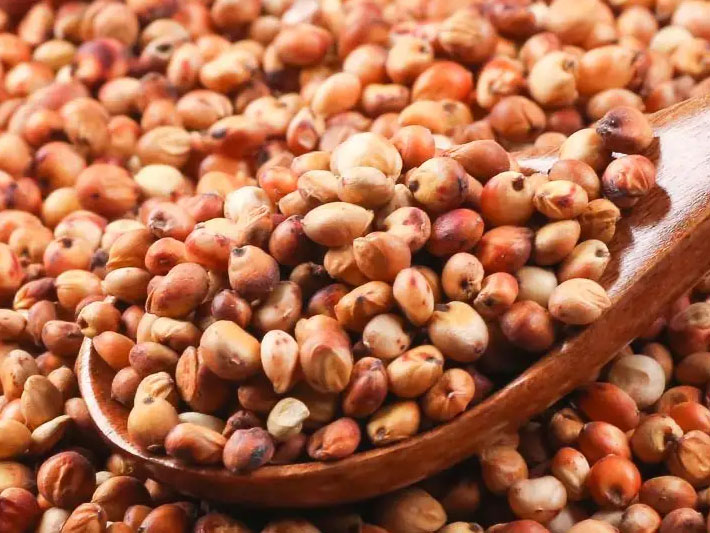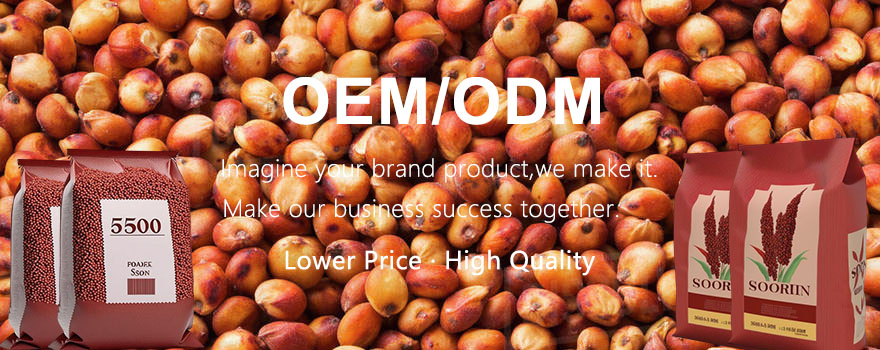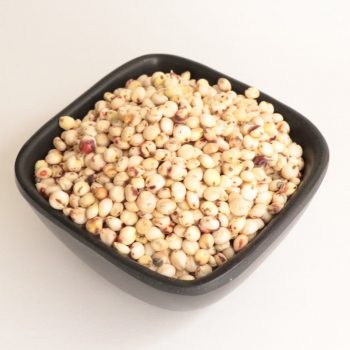Product Number:SM-02
Customized:Yes
MOQ:1 Bag(s)
Shipment Terms:By Sea,By Train
Price terms:EXW, FOB, CFR are optional
Payment Terms:L/C, T/T, Western Union, PayPal , Cash, Money Gram, Bank Account
Production Time:stock items can be shipped immediately after receipt of payment. Non-stock items normally need 10-15 days to produce, the final delivery time need to be checked before order.
Red Sorghum




100% Natural




OEM/ODM

Red sorghum is a type of cereal grain that is commonly grown and consumed in China. This crop is believed to have originated in Africa and was introduced to China over 400 years ago. Red sorghum is a rich source of nutrients and is used for a variety of purposes, including food, animal feed, and biofuel production.
In terms of nutrition, red sorghum is a good source of protein, fiber, and essential minerals such as iron and zinc. It is also rich in antioxidants, which can help protect the body from oxidative stress and reduce the risk of chronic diseases. Red sorghum is also gluten-free, making it a suitable option for people with celiac disease or gluten intolerance.
China is the largest producer of red sorghum in the world, with a production of over 6 million metric tons in 2020. The crop is mainly grown in the northern and central regions of the country, where the climate and soil conditions are favorable for its cultivation. Red sorghum is also relatively easy to grow and requires less water than other cereal crops such as rice and wheat, making it a sustainable option for farmers.
One of the key advantages of Chinese red sorghum production is its long history of cultivation and processing expertise. Chinese farmers have been growing red sorghum for centuries and have developed advanced farming techniques and processing methods to ensure high yields and quality products. In addition, China has a well-established supply chain for red sorghum, with many processing plants and distribution networks throughout the country.
Overall, red sorghum is a valuable crop that offers many benefits in terms of nutrition, sustainability, and economic value. Its long history of cultivation and production expertise in China make it an important agricultural commodity in the global market.





















